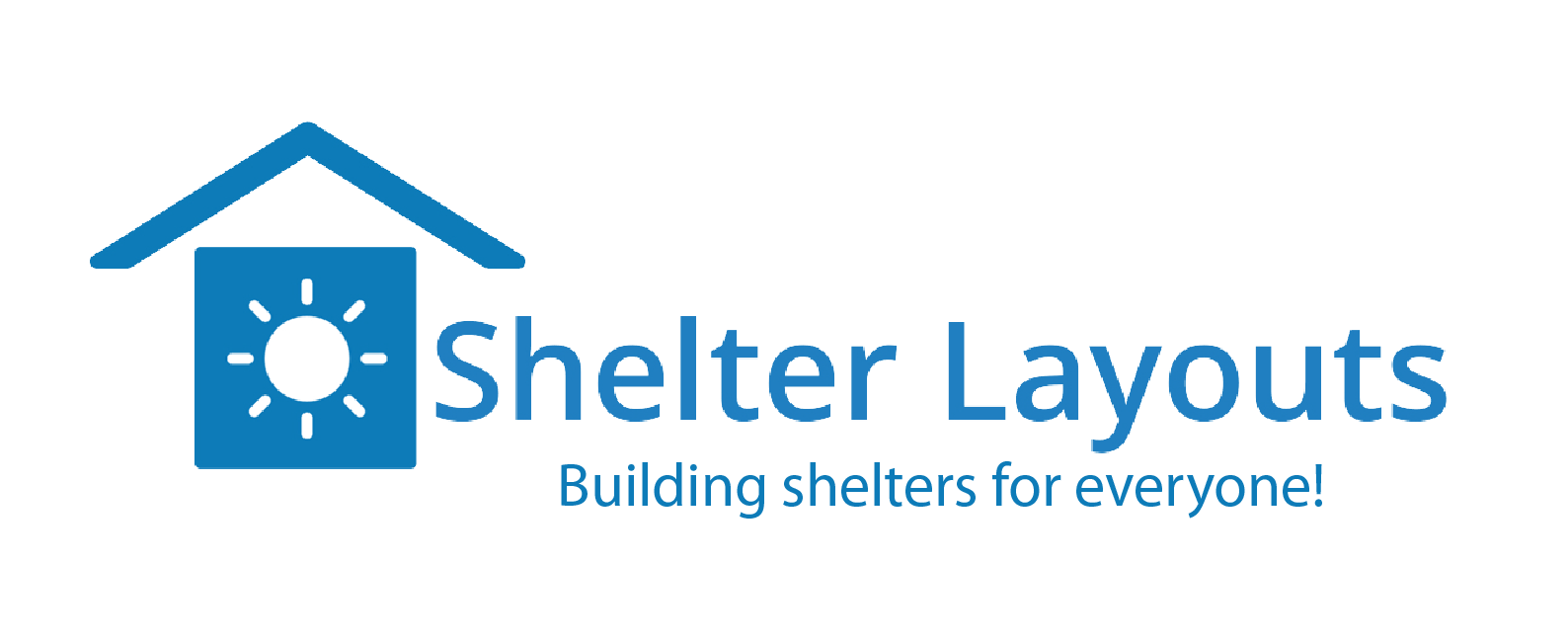How does bmrda address issues related to traffic congestion in bangalore?
Traffic congestion is a pervasive issue in metropolitan cities across the world, and Bangalore, often called the “Silicon Valley of India,” is no exception. The Bangalore Metropolitan Region Development Authority (BMRDA) plays a vital role in addressing this concern. In this blog post, we will explore how BMRDA is taking initiatives to mitigate traffic congestion in Bangalore.
1. Infrastructure Development:
One of the primary ways BMRDA is addressing traffic congestion is through extensive infrastructure development. This includes the construction of new roads, flyovers, and the widening of existing highways. The NICE (Nandi Infrastructure Corridor Enterprises) Road, Peripheral Ring Road (PRR), and elevated expressways are some notable projects aimed at improving connectivity and reducing congestion.
2. Public Transportation:
Enhancing public transportation is a key strategy to alleviate traffic congestion. BMRDA has been working to improve the bus transit system by introducing new buses, expanding routes, and implementing Bus Rapid Transit (BRT) corridors. The Namma Metro project, a rapid transit system, is also being expanded to cover more areas, reducing the reliance on private vehicles.
3. Integrated Transport Hubs:
BMRDA is planning and developing integrated transport hubs that combine various modes of transportation, including buses, metro, and railways. These hubs aim to streamline transit options, making it easier for commuters to switch between modes and reduce traffic on the roads.
4. Traffic Management and Technology:
The authority is actively using technology to manage traffic better. Intelligent Traffic Management Systems (ITMS) and the use of traffic cameras help monitor traffic flow in real-time and enable timely interventions to ease congestion. BMRDA is also exploring smart traffic signals and adaptive traffic management systems to optimize signal timings based on traffic conditions.
5. Promotion of Non-Motorized Transport:
To reduce congestion caused by short trips, BMRDA is encouraging the use of non-motorized transport like bicycles and pedestrian pathways. This includes the development of dedicated cycling lanes and pedestrian-friendly infrastructure.
6. Promotion of Remote Work:
BMRDA is advocating for remote work options to reduce the need for daily commuting. Initiatives to support remote work arrangements, especially in the IT sector, have been encouraged to help decongest the city during peak hours.
7. Traffic Education and Awareness:
Educating citizens about responsible and efficient commuting practices is another avenue BMRDA is pursuing. Awareness campaigns and programs on carpooling, ridesharing, and the use of public transport are regularly organized.
8. Urban Planning and Zoning:
BMRDA is working closely with city planners to ensure that urban development projects consider traffic management. Proper zoning and land-use planning are essential to reduce the long-term impact of traffic congestion.
Conclusion
The Bangalore Metropolitan Region Development Authority recognizes the urgency of addressing traffic congestion in Bangalore. Through a multi-pronged approach that includes infrastructure development, improved public transportation, technological solutions, and promoting alternative modes of commuting, BMRDA is striving to make Bangalore’s traffic more manageable. While these efforts are promising, a collective commitment from the government, citizens, and stakeholders is necessary to truly overcome the challenge of traffic congestion in this vibrant and rapidly growing city.
For more contents click : plotforsales.com, Parthabhunia.site
OUR PROPERTIES:
EXPLORE BMRDA APPROVED PROPERTIES
Shelter VR Royal Homes
Close to Varthur & Gunjur. A Khata, RERA Approved, BMRDA Approved, Loans Available.
Shelter Sri Sai Greenland
A Khata, RERA Approved, BMRDA Approved, Loans Available.
Shelter Green City
A Khata, RERA Approved, BMRDA Approved, Loans Available.

